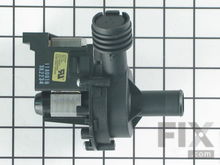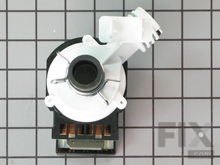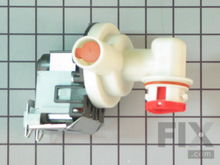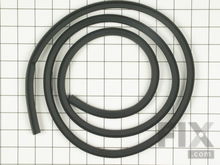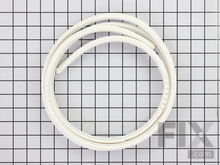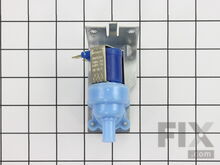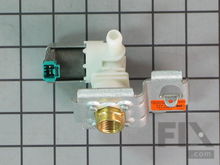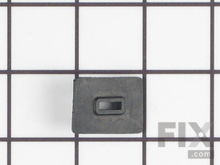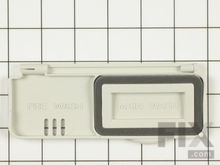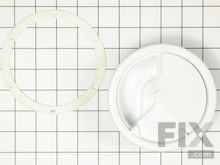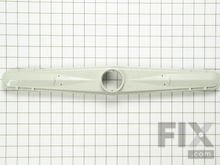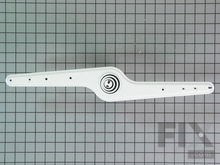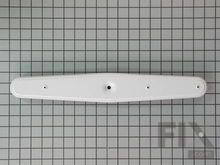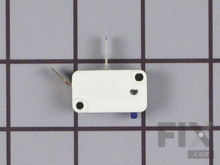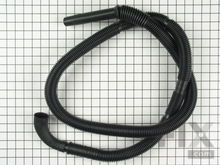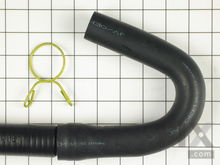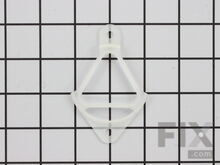How To Repair A Dishwasher Leak
- Rated as EASY
- 1324 repair stories
- 7 step by step videos
Pump
Located at the base of the dishwasher interior, the pump gives pressure to the water going to the spray arms, and in some dishwashers it also pumps the dirty water away. The housing of the pump sits on a rubber gasket, sealed to the bottom of the dishwasher. If the dish soap has dried out the gasket, or if it’s just old, worn or cracked, a failure of the gasket could be the source of the leak. There is a seal for the section of the pump driving and circulating water for washing, and a seal to prevent leaks on the drain section of the pump too. Either of these seals may be leaking visibly, or even leaking into the area behind the access panel at the base of the machine, in the front. So unplug the dishwasher and check there for water.
Door Gasket
A door gasket is designed to keep water inside your dishwasher, forming a watertight seal around the door or the opening to the tub. It is made of a supple material and ought to be pliable. If the rubber or vinyl of your gasket is hard and won’t make a tight seal, or if you have damaged baffles at the lower corners of the opening, replacement is in order. A leaky door could also be due to misalignment of the door to the opening. Ensure that the gap of the door is equal on all sides and that the leveling legs hold up the dishwasher itself, and not just the upper mounting tabs. And a third thing to check on a leaky door is the latch: is it adjusted correctly and does it fasten smoothly and securely?
Water Inlet Valve
Water enters your dishwasher from your main water line through the water inlet valve. You can check this valve for a leak by removing the kick plate at the bottom of the machine: hot water comes in via a rubber hose, a copper tube, or a hose made of braided material. Find this supply line and trace it to the valve inlet to check that it’s tight and has no leaks or cracks. Look for the same symptoms of trouble on the rubber or plastic outlet hose coming back out of the valve. Be sure to also check the plastic of the water inlet valve, as well as the injector which is located on the side of the tub. You can observe the fill phase of the dishwashing cycle to check for leaks by leaving the lower kick plate off, as long as you take care not to reach into the dishwasher and get an electric shock.
Dispensers & Grommets
If the leak from your dishwasher seems to be originating at the front of the machine, check the compartments where you put the dish soap and/or rinse aid. Sometimes the compartment will be screwed onto the panel of the dishwasher and have a gasket around it to prevent leaks. Other dishwashers have a hinged door on a compartment that’s set into the panel itself; these dispensers have a rubber grommet to make a watertight seal around the latch. In either case, you can take the gasket or grommet out of the assembly and replace it if it is cracked, degraded, or otherwise looks liable to leak.
Spray Arms
Whether your dishwasher has one spray arm at the bottom or also features a second one in the middle or at the top, the water from the spray arm is meant to spray over the dishes. If the spray arm is made of plastic, it can become warped or cracked. If it is a metal spray arm, it can pull open at the seams or get bent. Some of the holes in either type of spray arm can get blocked. When these deteriorations happen, water sprays at the bottom of the dishwasher instead of just at the dishes, and it could be getting sprayed at an area with no water seal. That would cause a leak. So remove your spray arms and check to ensure they’re straight and not cracked. Check the holes and clean them if they are clogged. Cleaning them can be quite a task, so consider replacement as well.
Float & Float Switch
Just as your toilet tank does, your dishwasher has a float to keep it from overfilling. When the water in the tub of your dishwasher reaches the level of the heater in the base of the dishwasher tub, the float triggers the float switch, which in turn closes the water inlet valve. So if your dishwasher is leaking, it could be overfilling due to a problem with the float, or the float switch directly under the float.
Hose Clamps & Hoses
Another potential source of dishwasher leaks is the infrastructure that drains and circulates water. Behind the removable kick plate at the base of the dishwasher, you’ll see hoses and clamps attached to the pump. Check to see that the drain hose and the circulating hose are whole, undamaged, and clamped securely. The solution to your problem could be as simple as a loose or broken clamp.
More Repair Parts
Still not sure which part is broken? We can offer you custom troubleshooting help if you search with your model number.





